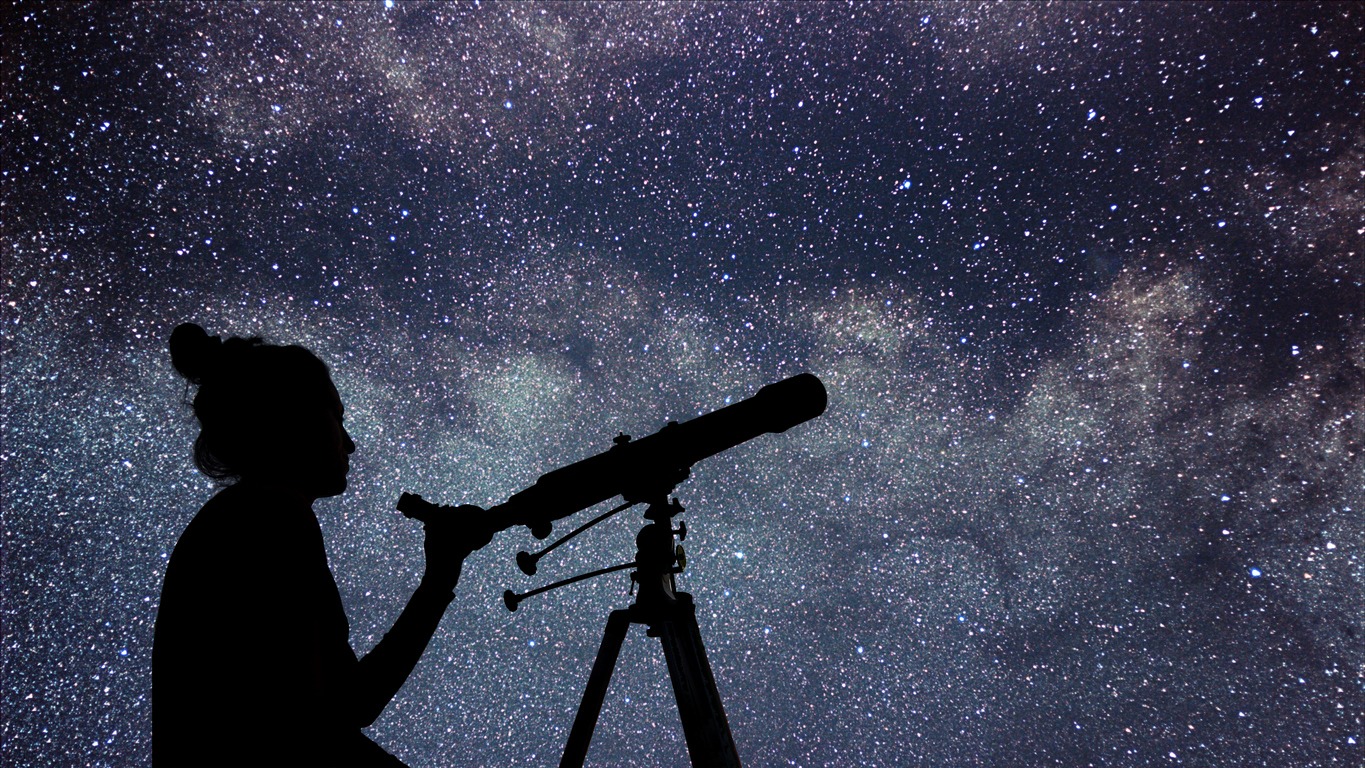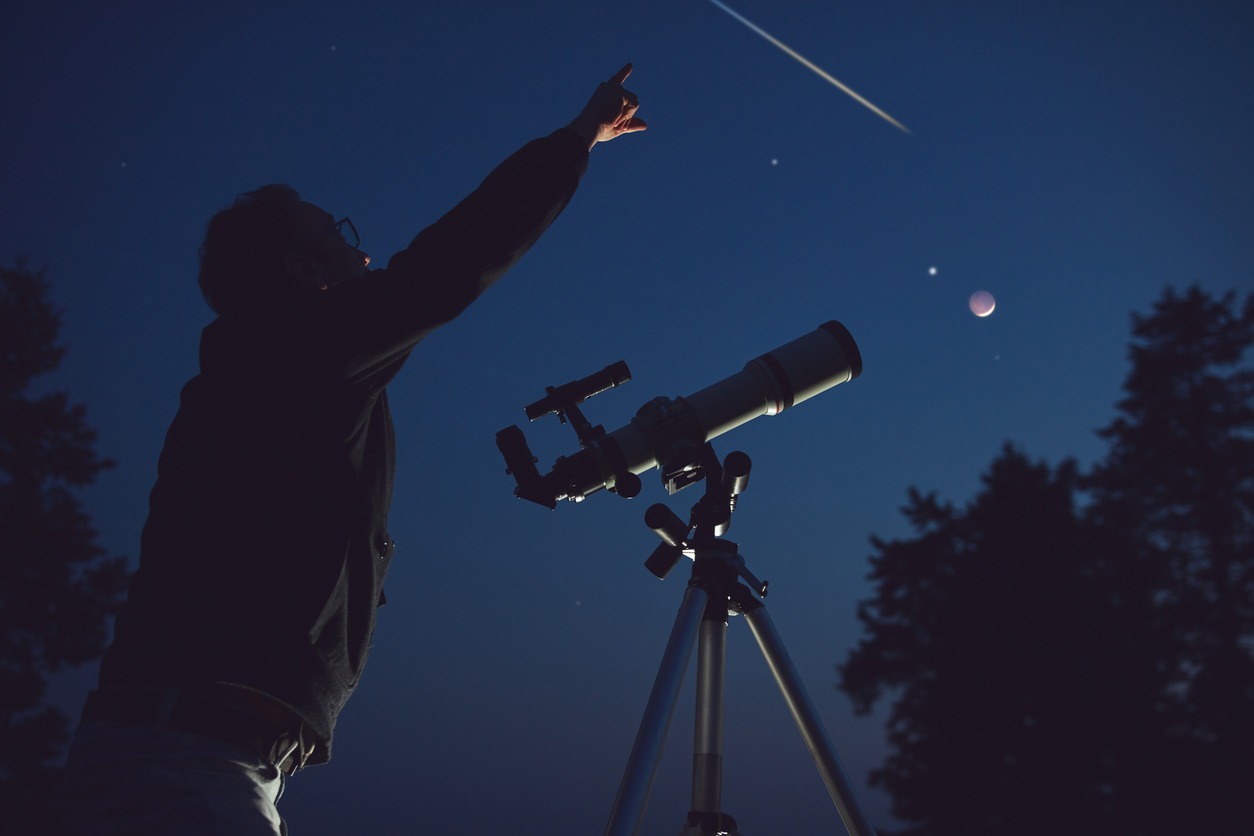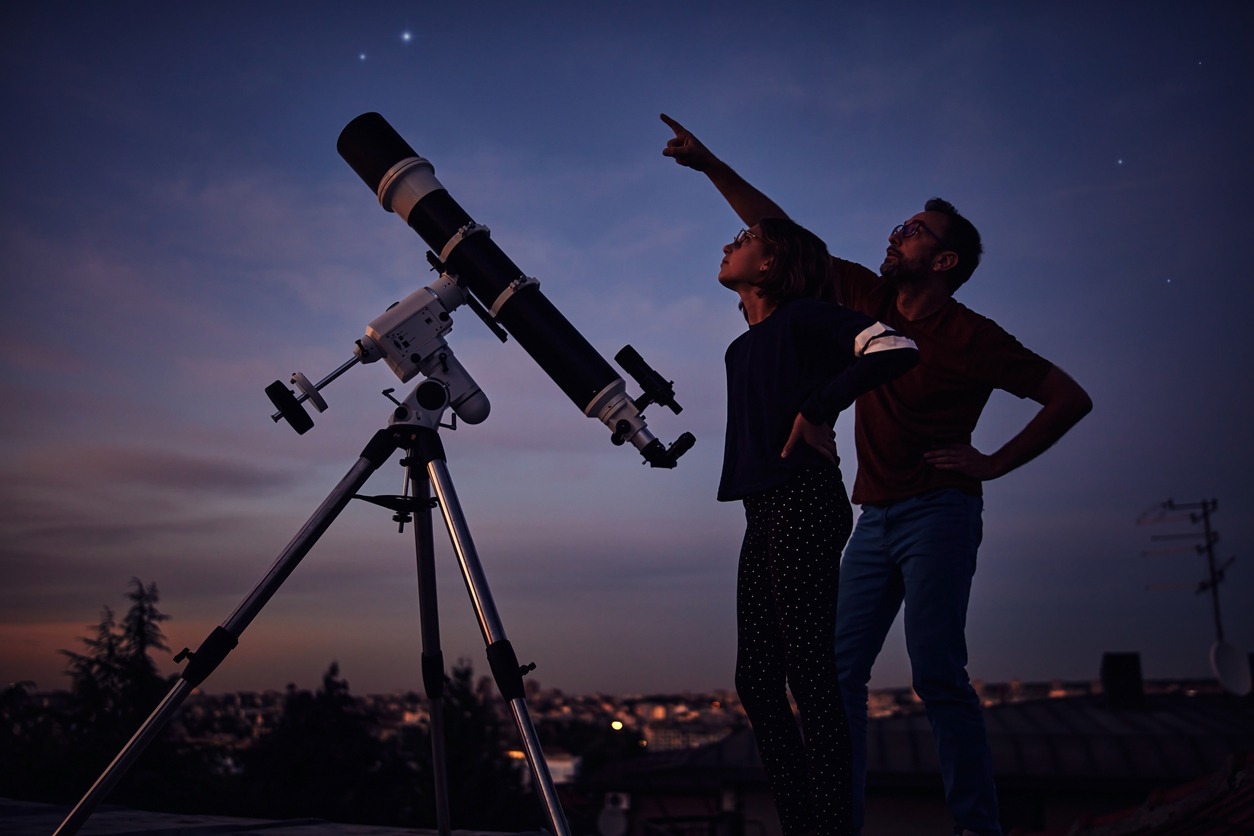Are you curious about the mysteries of the universe? Have you ever looked up at the night sky and wondered what lies beyond our planet? If so, then the hobby of astronomy is perfect for you. As a beginner, you’ll be amazed at the incredible sights that you can see, from distant galaxies to the rings of Saturn.
But getting started requires picking a telescope, which can be a challenging feat considering there are so many brands and models in the market. What features do you look for? What are the important parts and accessories to consider?
In this post, we’ll help you understand the different types of telescopes, the features to look for, and how to choose the right one for your observing needs and budget. So, let’s take this first step together and learn about the magical device that is the telescope.
Types of astronomy telescopes
There are a few different types of telescopes you can consider for starting your astronomy journey. These include:
Reflector telescopes
These telescopes use mirrors to gather and focus light. They are a great option for deep-sky observing and are often more affordable than refractor telescopes. They tend to be larger than refractors, but they are less expensive and require less maintenance. The downside is that mirrors can tarnish over time, which can affect the image quality. The Orion SkyQuest XT8, the Celestron NexStar 8SE, and the Meade LightBridge are some of the best reflector telescopes in the market. Carson is also known as a brand that produces some of the best reflector telescopes. To know more about the said brand, read The Guide to Carson Telescopes. Orion is arguably one of the best brands that offer high-quality refractor telescopes. For more info on this brand and the telescopes that they produce, check out the Guide to Orion Telescopes.
Refractor telescopes
These are the most common type of telescope and are known for their excellent image quality. They use lenses to gather light and focus it to form an image. They are easy to use and maintain, making them a great choice for beginners. They come in a variety of sizes and are often smaller and more portable than other types of telescopes. However, they can be more expensive than other options, and the image can suffer from chromatic aberration, where different colors of light are focused at different points. Examples of refractor telescopes include the Celestron AstroMaster, the Orion ED80T CF, and the Sky-Watcher ProED.
Catadioptric or Compound telescopes
These telescopes use a combination of lenses and mirrors to gather and focus light. They are known for their compact size and versatility, and are a good option for beginners who want a telescope that is easy to transport. If you’re looking for options, the Celestron NexStar SE, the Meade LX90, and the Orion StarBlast 4.5 are a good starting point.
Note: These are just examples of telescopes available on the market and are not an endorsement of a specific brand. It is always a good idea to research and compare different telescope models and read reviews before making a purchase.
Tips for Choosing a Good Telescope for Astronomy
When it comes to choosing a telescope for astronomy, there are a few key factors to consider to ensure that you’re getting the best telescope for your needs and budget. Here are some tips to help you make the right choice:
Determine your observing goals
Before you start shopping, it’s important to have a clear idea of what you want to observe. Are you mainly interested in viewing planets and the Moon? Or are you more interested in deep-sky objects like galaxies and nebulae? Knowing your observing goals will help you narrow down the type of telescope that would be best for you. After all, you wouldn’t use a microscope to observe the night sky, just like you wouldn’t use a telescope to examine the details of a butterfly wing.
Look at the aperture size
The aperture size refers to the diameter of the telescope’s main lens or mirror and is one of the most important factors in determining the telescope’s ability to gather light. A larger aperture will allow you to see fainter objects with greater detail. A telescope with a larger aperture like the Celestron C14 will generally be more expensive than a telescope with a smaller aperture, but it will also be able to show you more detail. Celestron is one of the best brands for telescopes and binoculars, as they offer different price ranges that are suitable for beginners and experienced stargazers. Check out The Guide to Celestron Telescopes to learn more about this brand. Barska’s 70060 Starwatcher is arguably one of the best beginner-friendly telescopes that has a large aperture. To learn more about the said brand, you can read our Guide to Barska Telescopes.
Consider focal length
The focal length refers to the distance between the main lens or mirror and the point where the image is focused. It affects the magnification and field of view of the telescope. A shorter focal length like on the Sky-Watcher Evostar 72ED will provide a wider field of view, while a longer focal length will provide greater magnification. If you’re mainly interested in observing planets and the Moon, a telescope with a longer focal length would be better. If you’re mainly interested in deep-sky objects, a telescope with a shorter focal length would be better. Sky-Watcher produces different kinds of telescopes that can have a shorter or longer focal length. To learn more about this particular brand, check out The Guide to Sky-watcher Telescopes.
See the mount type
There are two main types of telescope mounts: alt-azimuth and equatorial. An alt-azimuth mount allows the telescope to move up and down and from side to side, while an equatorial mount allows the telescope to move in the same direction as the stars. An equatorial mount is better for tracking objects as they move across the sky.
Does it have GoTo capability?
If you’re looking for a telescope that can automatically locate and track objects in the night sky, consider a telescope with GoTo capability. GoTo telescopes come with a computerized mount that can be programmed with the coordinates of thousands of objects in the night sky. This feature is especially useful for beginners who are not yet skilled at locating objects manually. Examples of these telescopes are the Celestron NexStar 8SE and the Orion SkyQuest XT8g.
Keep portability top of mind
If you plan to take your telescope to different locations, consider a portable telescope that is easy to set up and take down. Whether you’re planning to camp in the wilderness or visit a dark-sky area, a portable telescope will be a great companion to take along on your trips.
Pricing matters..a lot
Consider your budget when choosing a telescope. There are a wide range of telescopes to suit different budgets, so you can find one that fits your price range. Some entry-level options are the Orion StarBlast 4.5 and the Celestron AstroMaster 70AZ, whereas mid-range choices include the likes of Celestron NexStar 6SE and Meade LightBridge 12. If you’re looking for the cheapest option, check out post on the most affordable telescope for novice astronomers. If you also want to know more about Meade and their high-quality telescopes, you can read our Guide to Meade Telescopes.
So does reputation
Research on telescope brands and read reviews from other users to know about the reputation of the brand. A brand with a good reputation is more likely to produce a quality telescope that will last for many years. Orion, Celestron, iOptron, Vixen, Skywatcher, Bushnell, and Twinstar are some of the most credible brands in the telescope market. We also have a dedicated post on the major telescope brands, if you want more options.
What about parts and accessories?
When it comes to telescopes for astronomy, there are a few essential parts and accessories that you’ll need to make the most of your observing experience:
- Software: Some telescopes come with software that allows you to control the telescope and view the night sky on your computer or mobile device.
- Eyepieces: These are the lenses that you look through to view the image. There are different types of eyepieces, such as Plössl, Kellner, Orthoscopic, and Erfle, and each has its own characteristics, such as field of view and magnification.
- Barlow lens: This is an accessory lens that attaches to the eyepiece and increases the magnification.
- Tripod: A stable tripod is essential for any telescope, and it can help you to observe more steady and clear.
- Finderscope: This is a small telescope that attaches to the main telescope and is used to help locate objects in the night sky.
- Diagonal mirror: This is a mirror that attaches to the telescope and reflects the image at a right angle, making it more comfortable to view.
- Dew Shield: A Dew Shield is a device that attaches to the front of the telescope and prevents dew from forming on the lens.
- Adaptors: If you want to connect your camera to your telescope, you will need an adaptor.
- Lens cleaning supplies: to maintain the quality of your telescope, it’s important to clean the lenses regularly and a cleaning kit will be necessary.
By investing in these accessories and parts, you’ll be able to get the most out of your telescope and enjoy a more fulfilling stargazing experience.
Conclusion
Choosing the right telescope for astronomy is like finding a needle in a haystack, but with the right guidance, it can also be a fun and exciting journey. The key is to know your observing goals, whether it’s to explore distant galaxies or to get a closer look at Saturn’s rings, and to consider factors such as aperture size, focal length, mount type, and budget.
And don’t forget, with the right accessories, you can elevate your stargazing experience to the next level. So, don’t let the vastness of the universe overwhelm you, grab a telescope and start exploring the skies like a pro. Happy stargazing!


